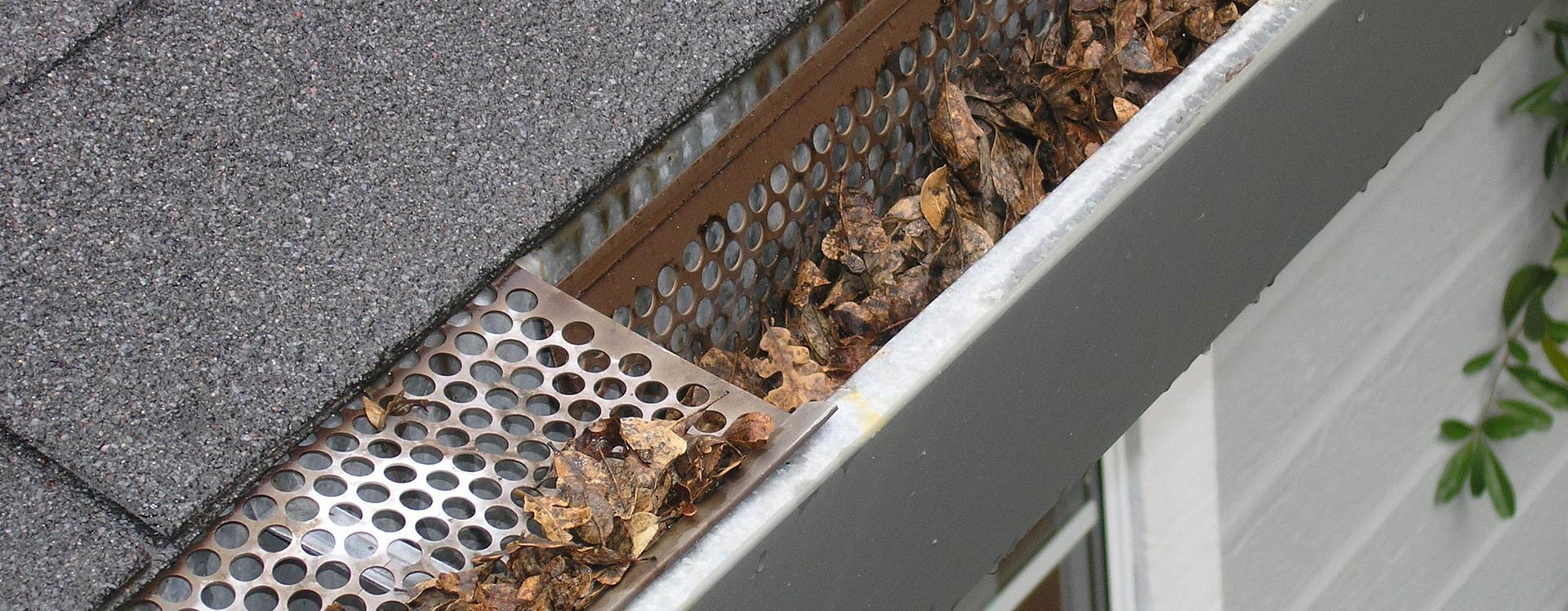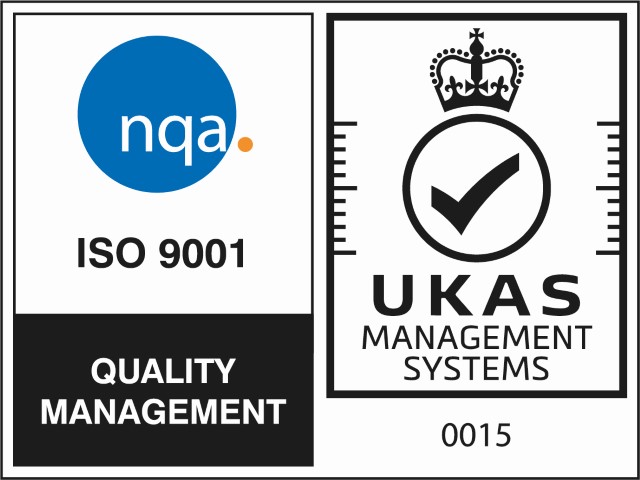Damp is a common problem for many homeowners. It can be costly to fix and to repair the cosmetic damage caused. Not only that, but having a damp problem can also devalue your home and put off potential buyers or renters. There are steps you can take to prevent damp, or to minimise the impact if damp has already occurred.
Having the right drainage solutions is one of the best ways of preventing damp from occurring, or ensuring an existing problem doesn’t get worse. We’ll now take a look at some tips for drainage that prevents damp.
First, learn to recognise the 6 signs of bad drainage
Spot these problems and rectify them before they worsen into more serious issues that have a more destructive impact on your home.
-
Overflowing Gutters
Water overflowing over gutters is a common sign of poor drainage. Overflowing gutters are caused by leaves and debris clogging the drain and blocking the flow of water. Peeling paint, vertical stains, and mud streaks on the exterior of the house also indicate blocked gutters.
If water flows over gutters, it can leak into the home and cause extensive water damage, so it is important to clean out your gutters regularly to clear them and ensure they are free of debris so water can flow without restriction.
If the issue persists, your gutters may need replacing as they may be undersized or poorly pitched, which stops them from working efficiently and directing the water away from the building to prevent damage as they should.
-
Water Stains
Water stains occur when water seeps into the walls of your property or foundation. Stains can appear in multiple places in your home and where a stain appears indicates where a drainage issue is.
Water stains high on walls is a sign of an overflowing gutter or runoff that is too close to the foundations. Water stains in a line around the wall’s perimeter indicate a high or fluctuating water table below your home as the soil around the foundations becomes saturated with rain and hydrostatic pressure pushes water up through the floor.
-
Foundation Cracks
Many poor foundation issues occur as a result of poor drainage and are indicated by cracks in walls. Large stairstep and horizontal cracks are signs of foundation damage due to drainage problems.
Leaking shrinkage cracks occur when the soil around the foundation becomes saturated because it cannot drain properly. This poor drainage softens the soil beneath the home, putting pressure on the foundation and causing your home to shift as its foundations are weakened.
-
Efflorescence
Efflorescence is a crystalline deposit of salts and looks like a white or grey crust on the walls. These mineral deposits are left behind by evaporating water and indicate the presence of water in your home and point to poor drainage.
-
Puddles
Water pooling against your home or in the garden is a warning sign of poor drainage. After a rain shower, puddles shouldn’t sit for too long and become stagnant, the water should drain away quickly instead.
If you notice puddles and pools sitting in your front or back garden, this indicates that the water is not draining properly and requires urgent attention before any damage is exacerbated.
-
Mildew
Mildew on the underside of a roof is a warning sign of bad drainage at ground foundation level. Mildew found in the attic or roof is due to warm air and moisture rising from the lower levels of your home up into the attic and condensing on the underside of the roof, leading to mildew.
Next, keep your drains clear
Regardless of what kind of drainage solutions you have, one of the most important things to check is that your drains are clear. Mud, twigs and leaves all get washed into drains, and over time can build up to impair the flow of water. When this happens, excess water cannot drain away, which can leave it standing. When this water is right next to a wall, the only place it can go is into your home. Ensuring you have clear drains is one of the simplest ways of tackling rising damp.
To really be sure that your drain is working properly, you might wish to hire a professional to examine your underground drainage with a pen camera to spot any potential build ups and blockages.
Add drainage ditches and extended downspouts
Every time it rains, a large amount of water is collected from your roof and funnelled down to the bottom of your walls by your guttering. With all that water in contact with your walls, it is hardly surprising that some of it gets absorbed. There are two ways you can alleviate this problem. The easiest is to simply extend the bottom of the guttering downspouts away from your home by a few feet. This way, water running out of the end of the pipe will be safely away from your walls. A more extensive option is to have drainage ditches dug. These small channels will catch any running surface water and funnel it away from your walls, making it less likely that they will absorb a lot of moisture.
Check the sloping of the ground around your home
Ideally, you need the ground around your home to be sloping away from the walls. This will force water away from your foundations. It is worth checking the ground around your home to see whether there is a slope, otherwise water could be getting trapped at the base of your walls with nowhere else to go. This, and the other points above, are all things that we can look at and help you with as part of our structural services and drainage solutions. We have highly trained team members to analyse and assess the state of your drains and provide detailed suggestions for future work that will help to improve your drainage in future.
For more information contact Allcott Associates today to discuss your drainage.











